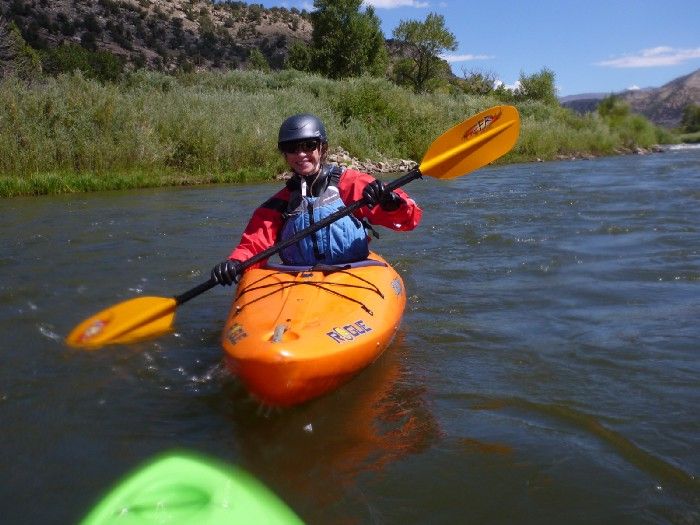
Our second installment in the workout series, this time with guest commenter Nurit Amichai
In this second installment of the series, new friend and brand new Saga supporter Nurit weighed in. Here are her credentials:
HOLISTIC THERAPIST:
Certified Life Coach
Certified Health Coach
Certified CBT Practitioner
Certified Hypnotherapy Practitioner
Certified Vegetarian Health Master
Certified Personal Trainer
Mind-Body Trainer
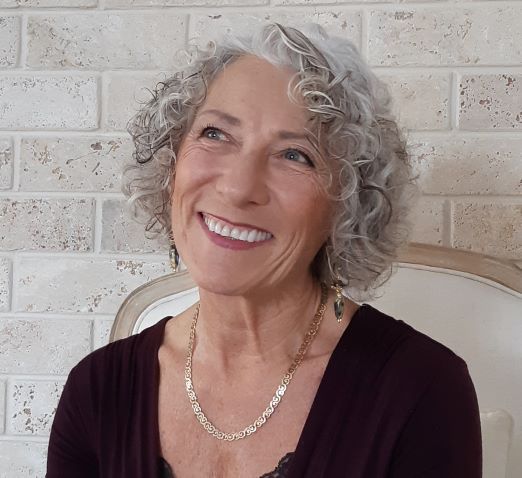
Here's her take on the same set of questions Kevin answered in Part I.
1.How does someone even start, especially if they have NEVER exercised before? What are the dangers of throwing yourself into a workout program at home? What to plan for, how to prepare, and above all, how to be brutally honest with yourself about what you can and can't do?
NEVER is a huge thing and requires the recognition that just because you're very capable at most things in life and played sports when you were younger, the potential for serious injury (especially in older people) is massive. Hiring a trainer who is qualified and actually knows what they're doing is imperative. The danger of throwing yourself into an exercise program at home with no prior experience is, as Kevin notes, the wheels will likely come off and you'll get hurt. Then you'll never bother to engage again because "I got hurt". The brutally honest part comes in when you sit yourself down and own that your youthful prowess is behind you and playing sports, riding bikes and swimming is not the same as training in a gym. Drop the expectations and give yourself permission to learn and grow at your own rate ... life isn't a race, it's a journey. Enjoy it.
2. What are the safety considerations that a newbie or an older person just starting out at home should keep in mind? What kinds of monitoring devices are useful to keep track of health?
In layman's terms, "don't try this at home without a trainer". It's not about being afraid to work out, it's more about having a good sense of what the workout is designed to do for you. One of the best ways I've found to keep track of health is to have someone to be accountable to, someone who can monitor your progress and make suggestions that will enhance the process. Getting a lot of gizmos and gadgets is fun, but most often they go by the wayside. They're a novelty and the fun of them wears off rather quickly. Wearing a FitBit watch looks really impressive in public. The real question is, are you using it? (author note: this is particularly true if you and I are not naturally drawn to devices. We can be intrigued, but if we aren't going to use them, they're just expensive junk)
3.Whether in an apartment or a home, what are the ways that someone can integrate more movement into their daily lives? Above all, how can they make it both fun and engaging, and less like a chore?
If your knees are good, take the stairs. Dance with the broom when you're cleaning the kitchen floor. Walk to the store if it's close enough and use the grocery bags as weights for biceps curls when you're taking them in from the car. Go for a walk with a friend - schedule it for once or twice a week if possible. I like to do some ballet movements while standing at the counter preparing food (good for the butt). Recognize that house cleaning and gardening are also forms of exercise. (author note: installing lovely oak floors in my dining room means that I can take out my dancing shoes and pop a few serious moves while scaring the hell out of the Stellar's Jays who are stealing the suet)
4. For those who have spent many decades at the gym, how can those folks find ways to replicate or even up their game at home and outside? Are there particular exercises that you love, recommend, and why?
Most of us who have trained in gyms are there because we love the weights - challenging ourselves to greater things by upping the poundage. That's hard to do at home unless you go out and buy more weights. I mix my workouts up a lot using bodyweight, bands, and TRX at home and trying new things outside in the park. Ti Chi, Qigong, ballet barre workouts are fun and can be really challenging for some of us. I LOVE burpees and Russian twists. They are so effective for the core and lower back - both areas that can be really weak in older people. The burpees also challenge the cardiovascular system when I up the speed.
5-6.. For folks with really limited space, what can they do at home or around their apartments which can help keep them healthy?Any particular favorite body weight workouts you recommend? What kinds of super simple, inexpensive gear (such a doorway pullup bar)?.
Get a yoga mat and find some great workout videos on YouTube. That is if you're seasoned and know your body. A rebounder is a great piece of equipment that takes up little space and is incredibly effective for cardio endurance, strength and just plain fun. There are many workouts one can do on them. (author: I strongly, strongly recommend learning to do Turkish getups, first without weights, then with light weights, then with kettlebells if you have them. They work.)
Please see:
7. How can I tell the difference between a burn from a good exertion and injury pain? When I train people (I work with women of all ages), when they first come to me I identify areas of weakness and any injuries they are living with. All training takes this into consideration, especially since range of motion is involved. To identify pain, I ask them to do a movement that triggers the discomfort - not into it, but to recognize what it feels like. That's pain, and it's usually sharp. It happens during a specific movement(s) and if aggravated, will continue. This requires checking in with a medical professional. Muscle burn "feels" hot and is tiring. 24 to 48 hours later there's a sense of achiness and soreness that can feel scary to a newbie. I ask them to assess whether it's truly pain (as in the test) or if it's just the muscle recovering from working hard. I also make sure there's a lot of stretching after the workout and between sessions. People usually don't stretch and this, as Kevin notes( in the previous segment), is a precursor to the disregard of pain and on to injury. After training, we have a period to stretch. If there's been any injury, the stretching will uncover it as a rule. If the stretching "feels so good", they're usually doing well. They always report soreness and if it sounds like it needs attention I recommend a physio and hold off training that area until it's checked out.
8. If I am working out at home, how on earth do I stay motivated when there isn't anyone around?
I love Kevin's motivation. Most guys do that (use loud music, see previous segment) and it works for them. As an older woman, staying motivated can be a bit more challenging. Having said that, one thing I know that works with women (it works for me and I'm pretty sure it does for you, too, Julia- author here, hell, I'm good for loud music any day), is "how do my clothes fit" and "how do I look?" It sounds really vain, but it's true. So, one of the things I "kid" about with my clients is asking them to talk to themselves and ask how badly they want that pair of slacks to fit? Or that new dress? Telling yourself that it's more important for you to feel healthy and look great than it is to slack off is a powerful motivator. I'm doing this because I care about the way I feel and the way I look. Of course, upcoming events or season changes that require lighter clothing, a trip or vacation are all motivators as well. (author: Okay, and I know it's only every five or ten years, but remember that high school or college reunion? yeah, that one...)
9. Any particular stretches you like, and any that I need to be careful about?
Yoga stretches and physio stretches are my thing. They're slow and enable me to see where my range of motion lies. I've strained psoas and inner thigh muscles in the long-ago past by using bouncing stretches, especially side skater stretches. Any stretch that demands taking your muscles past your range of motion too quickly can result in a pull, lots of pain, and a long time healing. (author: a bad actor here is the bouncing or ballet stretch. We are better off asking instead of forcing)
Here's a side skater stretch, but kindly do not do this without a pro's observation if you're new, and make sure that you have mastered it before doing it on your own.

10. Resources you recommend: books, tapes, programs, YouTube, etc. and why.
I love Critical Bench YouTubes. They're a bunch of professionals who are Canadian and take the time to explain everything properly. I've followed them for years. Staying abreast of the latest information in training, nutrition, health and mental health is critical for me as a professional and as an individual who plans to be on the planet in great shape and fully capable for a long, long time. (author: I am particularly fond of the old Shiva Rea videos for intermediate yoga which incorporates a lot of flowing movement)
If you are interested in working with Nurit please see this:
Nurit's Cell +972 52-484 9165Skype: nurit.amichai
iamyourhealthcoach@gmail.com
Okay, Julia here. I am going to take you behind the scenes to my house. Here is how I outfit my place (and YES I have by god broken a toe on these more than once):
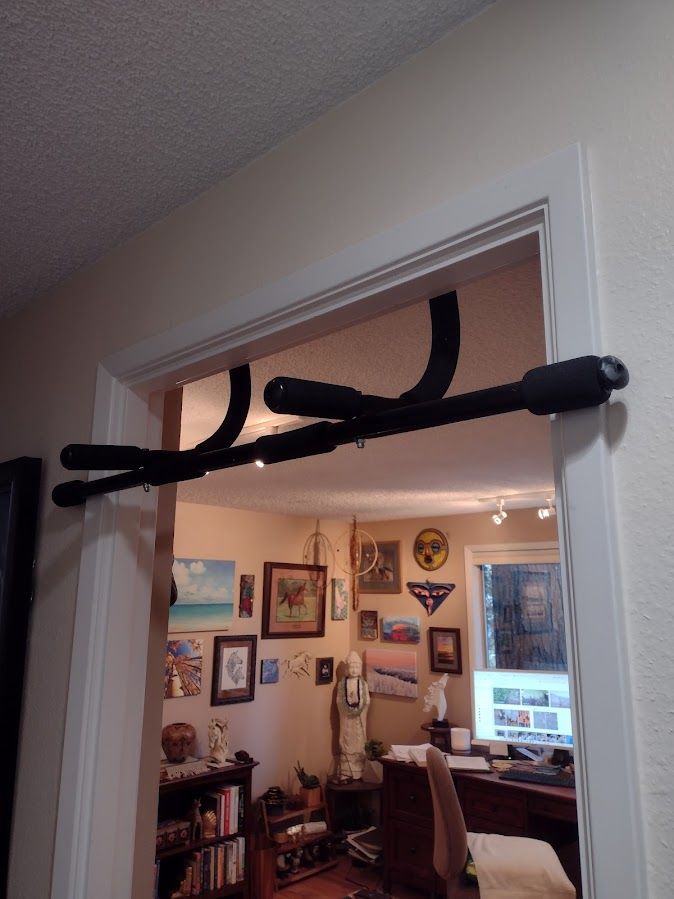
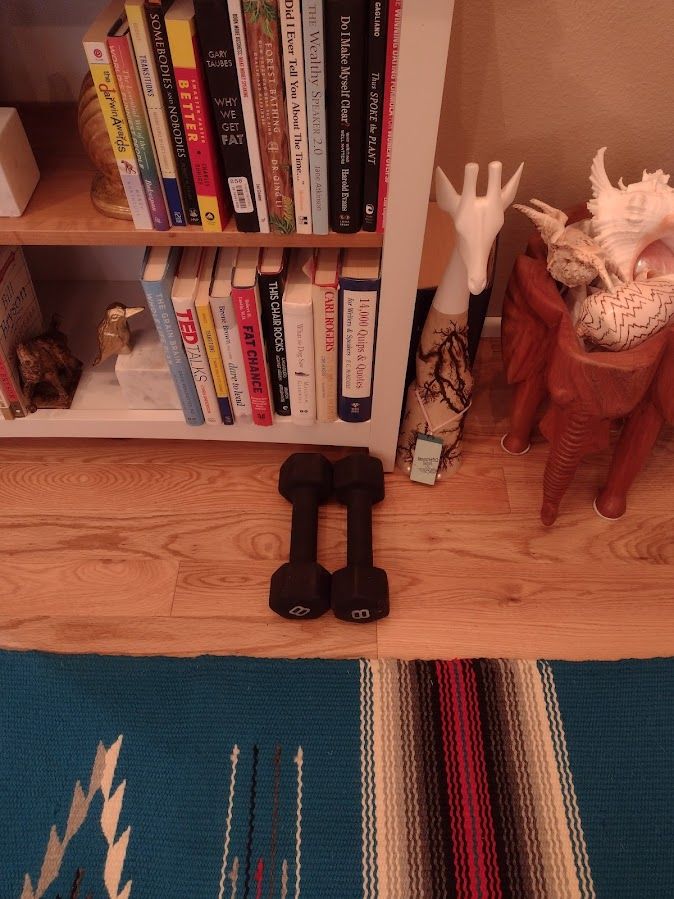
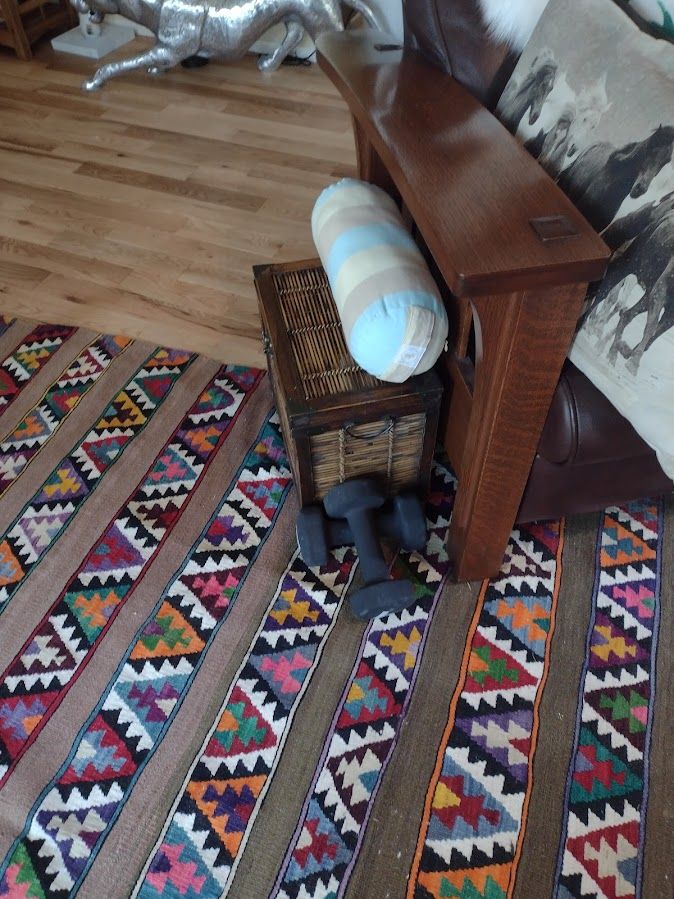
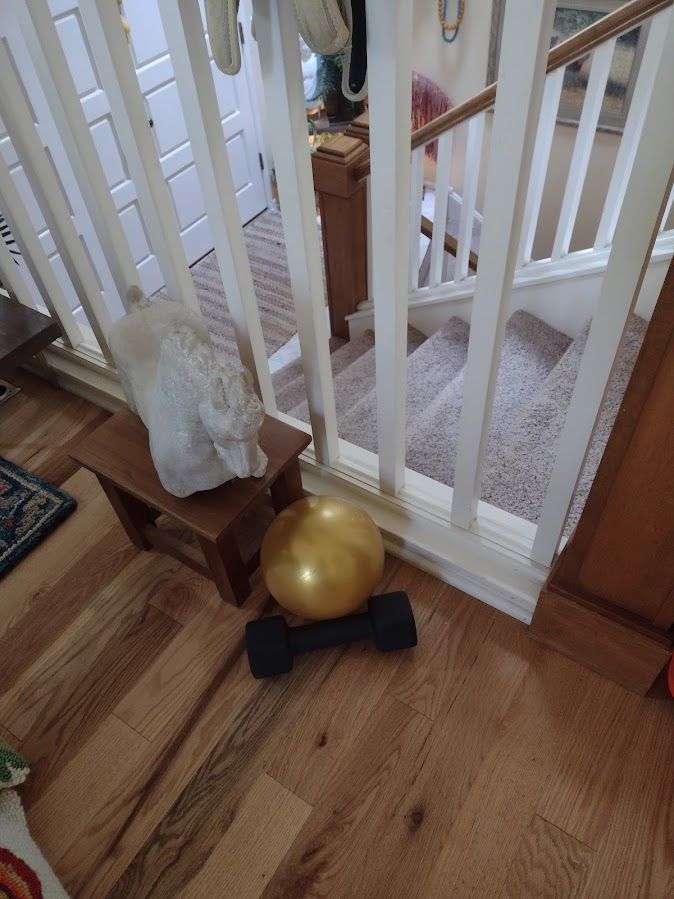
This doesn't include the downstairs gym. But you can see how I've put small weights all over to pick up and do something with all day long. You and I have to SEE them, because after a while they are simply part of the scenery just like a brand new Peloton attracts handwashed underwear as a very pricey drying line.
My heartfelt thanks to both Kevin and Nurit for their input. There is another article on its way shortly about training to hike, most particularly for older folks. Stay tuned!

Comments powered by Talkyard.